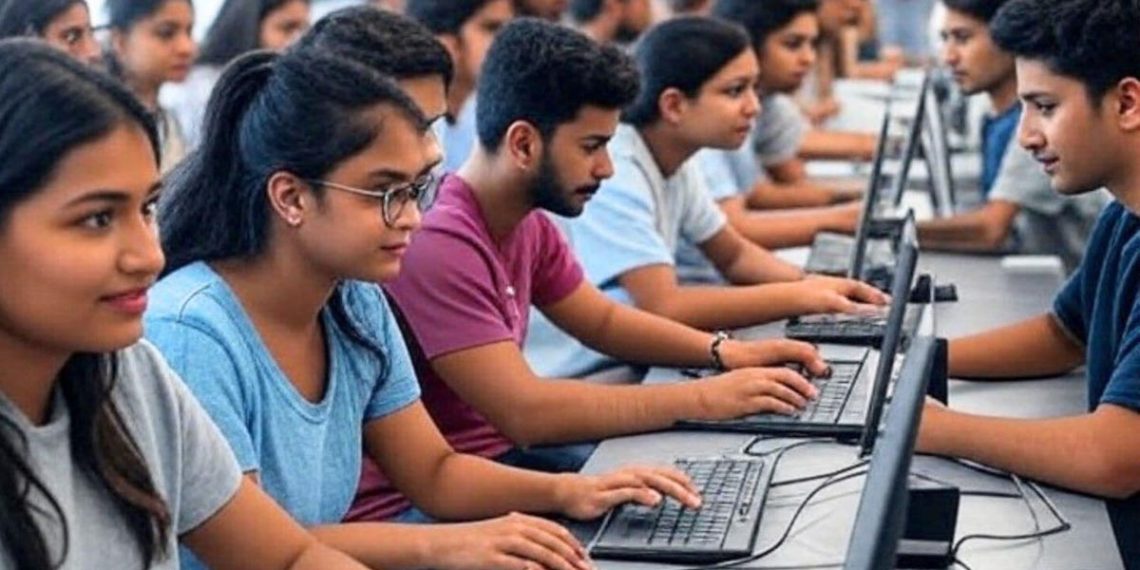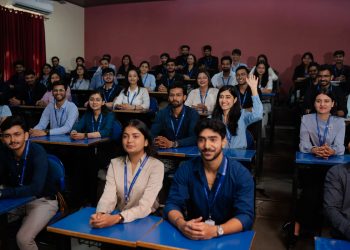A recent Right to Information (RTI) revelation sent shockwaves through India’s engineering community: nearly 38% of students across 23 IIT campuses remained unplaced in the 2024–25 academic year. That figure is not just a statistic — it’s a national alarm.
And yet, amid policy summits, social media debates, and dinner-table conversations, one refrain persists with misplaced pride: “But one-third of Silicon Valley’s tech workforce is Indian.”
The question is — so what?
Because that one-third didn’t rise on the shoulders of India’s education system. They rose in spite of it. Their presence in Silicon Valley isn’t proof of Indian excellence — it’s proof of Indian escape.
1. The “One-Third” Brag Doesn’t Prove Systemic Strength
Let’s start with the numbers. A 2024 report by Joint Venture Silicon Valley confirms that 23% of foreign-born tech professionals in the region are Indian nationals, and nearly one-third of the total tech workforce is of Indian origin.
Impressive, yes. But who are these Indians?
-
The top 1% of scorers from elite institutions.
-
Graduates of US universities, trained further by global corporations.
-
Urban English-educated professionals who benefited from migration opportunities, not from a robust Indian academic ecosystem.
This isn’t a tale of systemic success — it’s a portrait of selective privilege and departure.
2. India’s Higher Education Is Failing the Majority
While the diaspora shines abroad, back home the picture is grim:
-
Only 42.6% of Indian graduates are employable (down from 46.2% in 2023, Mercer-Mettl 2025).
-
India produces 1.5 million engineers annually, yet the job market offers just around 300,000 tech roles.
-
Even the IITs, once beacons of academic prestige, are struggling — 38% of IIT graduates remained unplaced in 2024, with newer campuses seeing unplacement rates above 40%.
These aren’t obscure institutions. These are our “centres of excellence.” If they are faltering, the rest of India’s 43,000+ colleges stand on even shakier ground.
3. The IIT Halo Is Dimming
For decades, the IITs symbolised intellectual rigour and guaranteed employability. Today, that halo is cracking.
-
Much of the syllabus remains frozen in 2005, designed for the IT boom era.
-
Core fields like AI, machine learning, cloud computing, product design, and ethics remain electives — not essentials.
-
Faculty shortages plague campuses, with some departments running at only 60–70% capacity.
-
Rising mental health issues and student suicides reflect an ecosystem that demands perfection but delivers diminishing returns.
If the IITs can no longer promise jobs or relevance, what future awaits the rest of India’s engineers?
4. Our Curriculum Belongs to a World That No Longer Exists
The true villain of India’s education story is its obsolete curriculum. Students are still trained to ace exams — not to build, innovate, or solve.
Most engineering colleges continue with rote learning and paper-based testing, ignoring the technologies defining today’s economy. Interdisciplinary learning — now essential globally — remains an afterthought.
A 2024 curriculum audit found that fewer than 3% of Indian computer science syllabi include topics such as AI ethics, product design, or capstone projects. These are baseline requirements in Silicon Valley.
Our students are trained for a past that no longer exists.
5. Indians Don’t “Dominate” Silicon Valley Anymore
The myth of Indian dominance in Silicon Valley is comforting, but outdated.
-
18% of tech professionals there are Chinese-born, particularly in AI, robotics, and semiconductors.
-
China has seven universities in the global top 100; India has none.
-
Chinese universities file ten times more tech patents than Indian counterparts.
-
Koreans, Eastern Europeans, and Americans continue to form a vast share of R&D talent.
India’s visibility is significant — but dominance is an illusion.
6. Even the US Is Reassessing Its Education Model
Ironically, even the country attracting India’s best minds is facing an education reckoning. The US is grappling with declining university enrolments, rising tuition costs, and shrinking returns on degrees.
For Indian students, the challenges are sharper: visa delays, surging living expenses, and job market uncertainty amid 2024–25 tech layoffs. The Optional Practical Training (OPT) backlog has further reduced employment opportunities.
If Silicon Valley itself is questioning the education-to-employment pipeline, India should be doing so tenfold.
The Real Question: What Are We Celebrating?
To boast that “one-third of Silicon Valley is Indian” is to sidestep harder questions:
-
Why does India’s education system fail the majority of its graduates?
-
Why are IITians — our supposed crème de la crème — struggling to find work?
-
Why is our curriculum decades behind the global curve?
It’s easier to celebrate diaspora triumphs than to confront domestic decay. But national pride built on exported talent is hollow if our universities continue to underperform at home.
Until India invests in modern, inclusive, and forward-looking higher education, Silicon Valley will remain a mirror not of Indian excellence — but of Indian escape.





























































